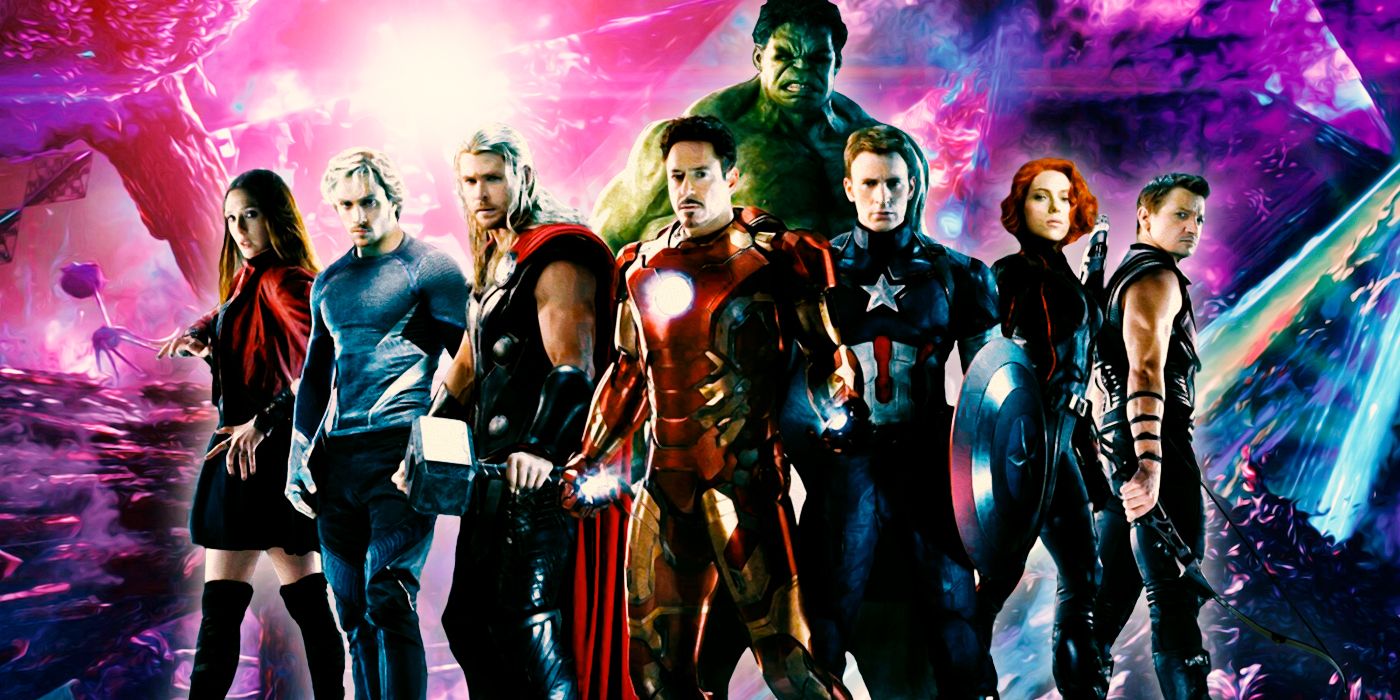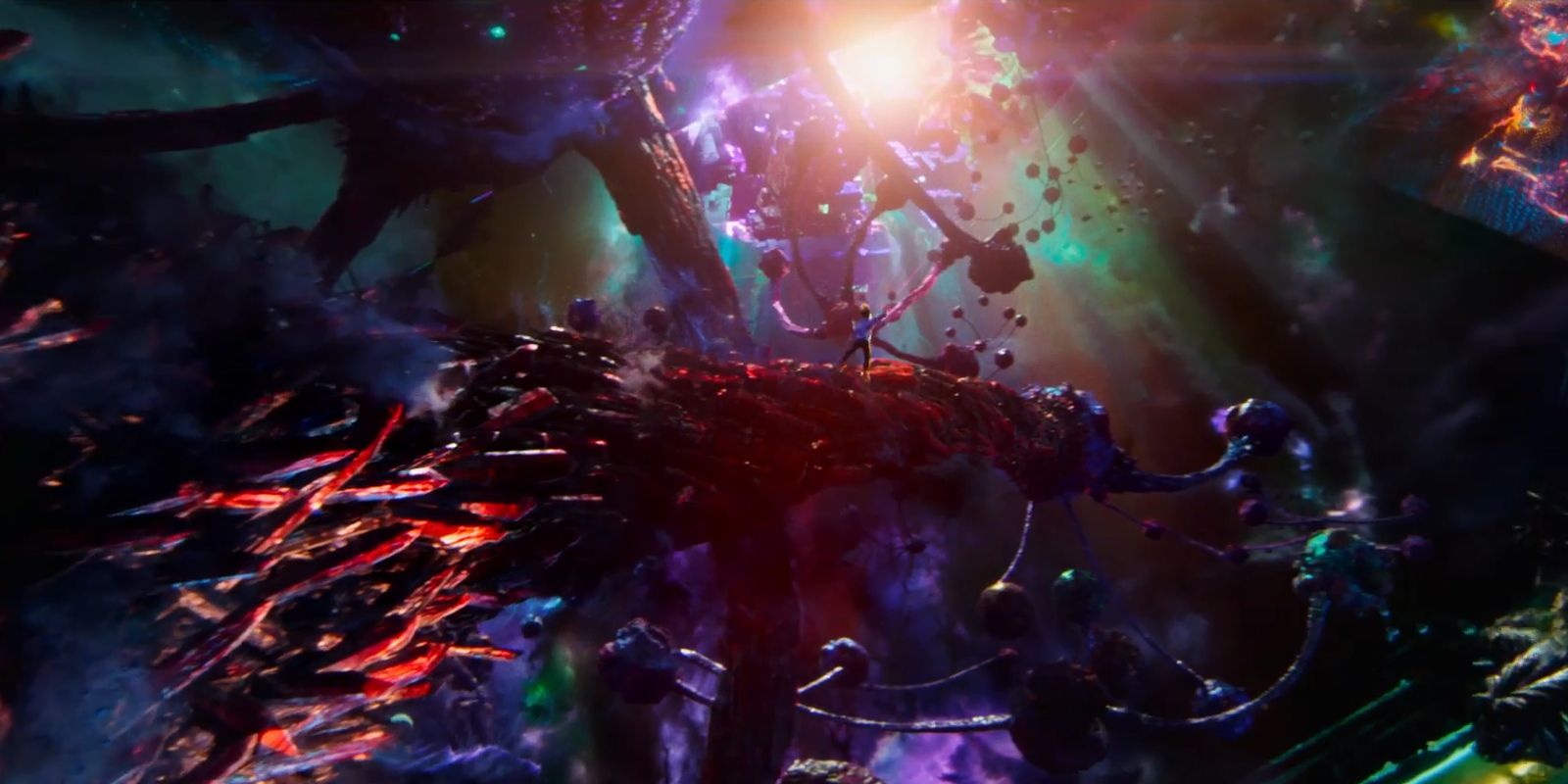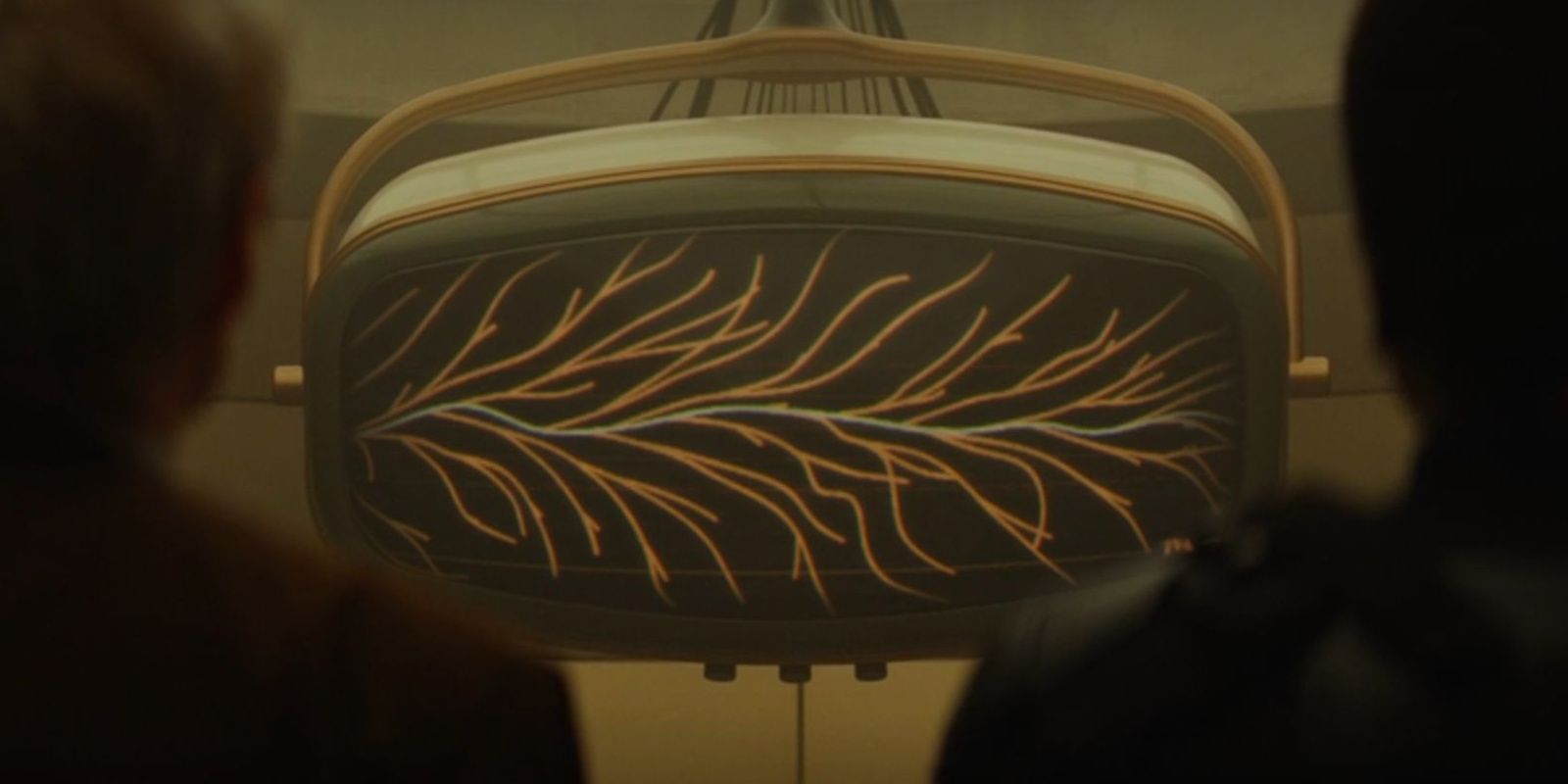WARNING: The following contains spoilers for Shang-Chi and the Legend of the Ten Rings, now in theaters.
Ever since the Marvel Cinematic Universe began to expand into different dimensions with films like Ant-Man and Doctor Strange, the universe has exploded with new content. These small ripples have since spread out into a vast and expanding multiverse that is still being explored. But with films like Shang-Chi and the Legend of the Ten Rings contributing to the various realities and realms of the MCU, it's crucial to understand the differences between dimensions and universes.
In Shang-Chi, the titular hero and his companions travel to the mystical realm of Ta Lo. However, reaching their destination is no easy feat since it's in another dimension. To access it, travelers must navigate a dangerous bamboo forest maze that moves at will. Once past, they must venture into a tunnel and through a water portal similar to a sling ring portal that sorcerers use. Once through, they finally enter the realm of Ta Lo. The land consists of mythical creatures from Chinese folklore, including dragons, and is part of a network of similar villages within Ta Lo. While accessing the land is difficult for the average person, it's nothing compared to accessing the multitudes of universes stemming from the Sacred Timeline.
In the MCU, dimensions are lands containing similar space, matter and energies but are separated by differences between elements. Aside from Ta Lo, these dimensions include the Dark Dimension, the home of the dreaded Dormammu, and the Quantum Realm. To access the Dark Dimension, most sorcerers have to access their astral form unless a hole is opened in reality, making entry into the evil space possible. The Quantum Realm can be ventured into by shrinking between the molecules of a space, practically breaking through a theoretical barrier into another world. The Nine Realms such as Asgard also count as dimensions and can be reached via wormholes or the Bifrost.
On the other hand, universes are a much more complex concept that ventures past the logic of realms into something still being understood in the MCU. When Sylvie killed He Who Remains in Loki, she also caused the birth of the multiverse. This meant that timelines began to branch off of the one Sacred Timeline and created endless realities and possibilities within the canon. As a result, these timelines continued to branch into their own realities or universes. Therefore, even realities that contain nearly identical characteristics to the prime reality count as a separate universe. That universe could also contain its own dimensions entirely separate from what has been seen before.
Since the concept is still being explored and understood in the MCU, the structure used to categorize it from the comics hasn't been implemented. In the books, each new universe was given a number to help distinguish it from other universes. For example, the main Marvel comics universe is Earth-616, while the Ultimate comics universe is Earth-1610 and the MCU is Earth-199999. However, the same logic to designated dimensions and universes still applies.
The MCU's canon has been reborn with the multiverse. As a result, new universes and stories are being born every moment, as shown in the new series What If...?. With heroes like Ant-Man and Doctor Strange exploring both arenas, knowing their differences is more important than ever. Nevertheless, it's exhilarating to see new realities and dimensions being explored in real-time.
To see even more dimensions emerge in the MCU, check out Shang-Chi and the Legend of the Ten Rings in theaters now.



